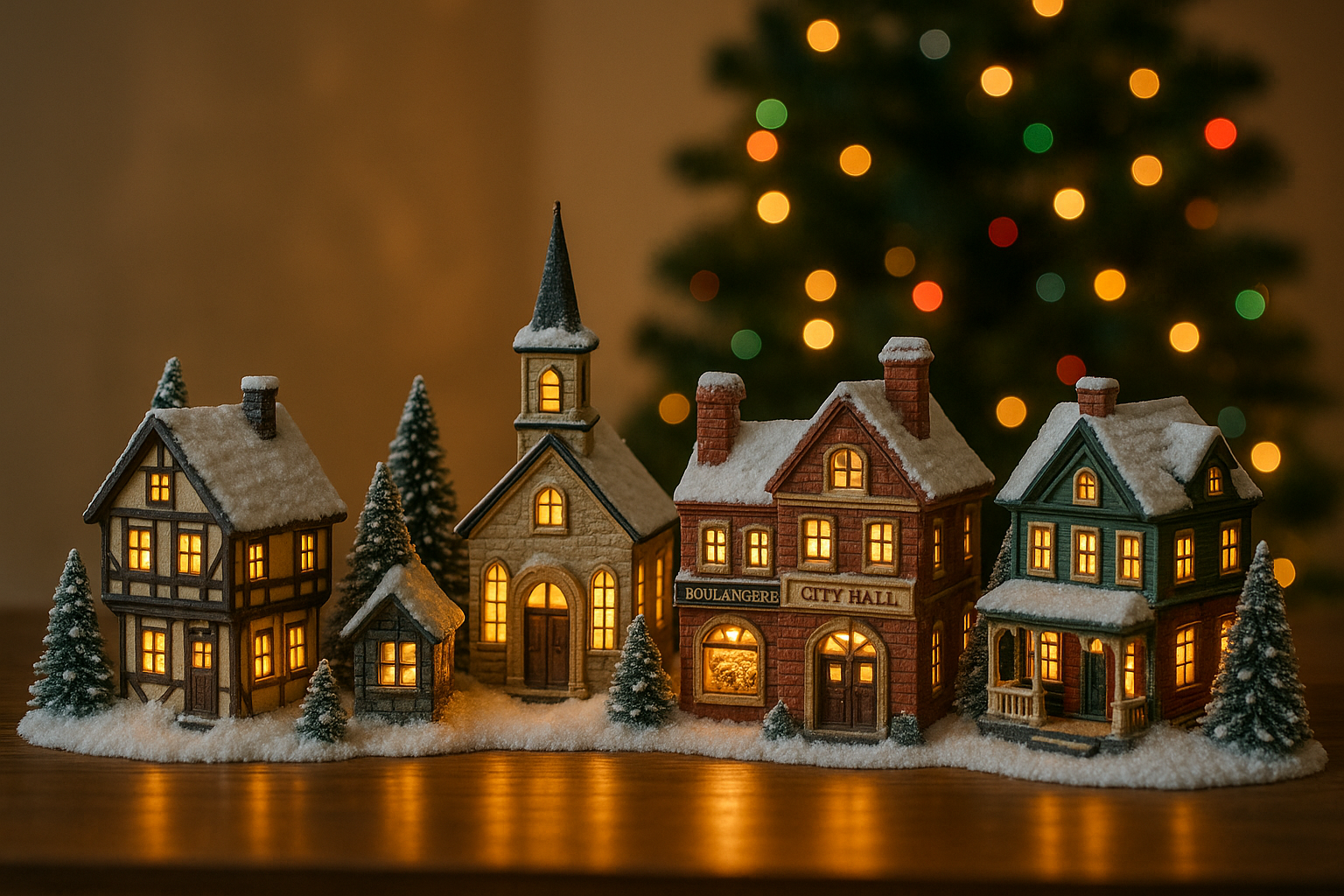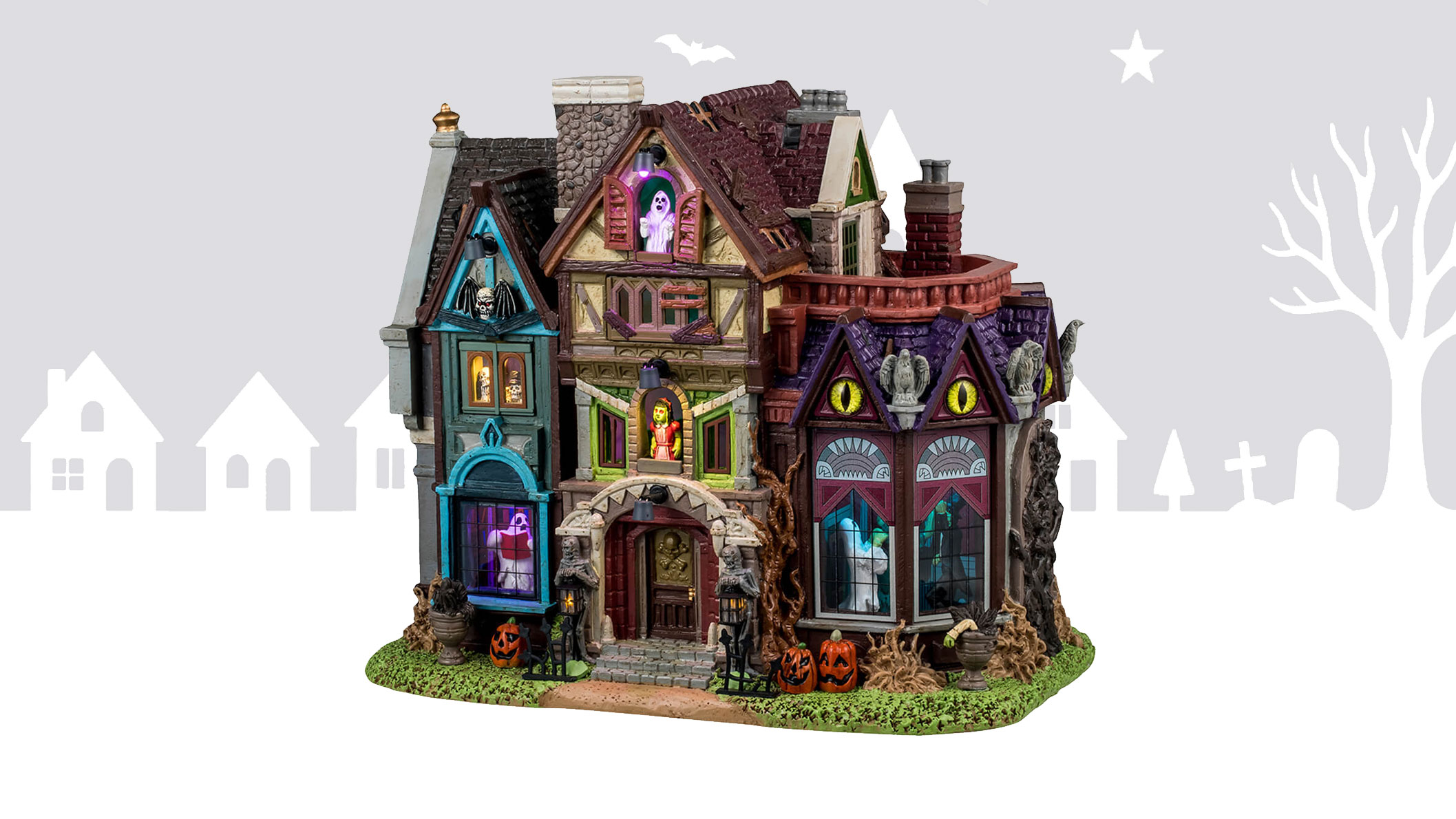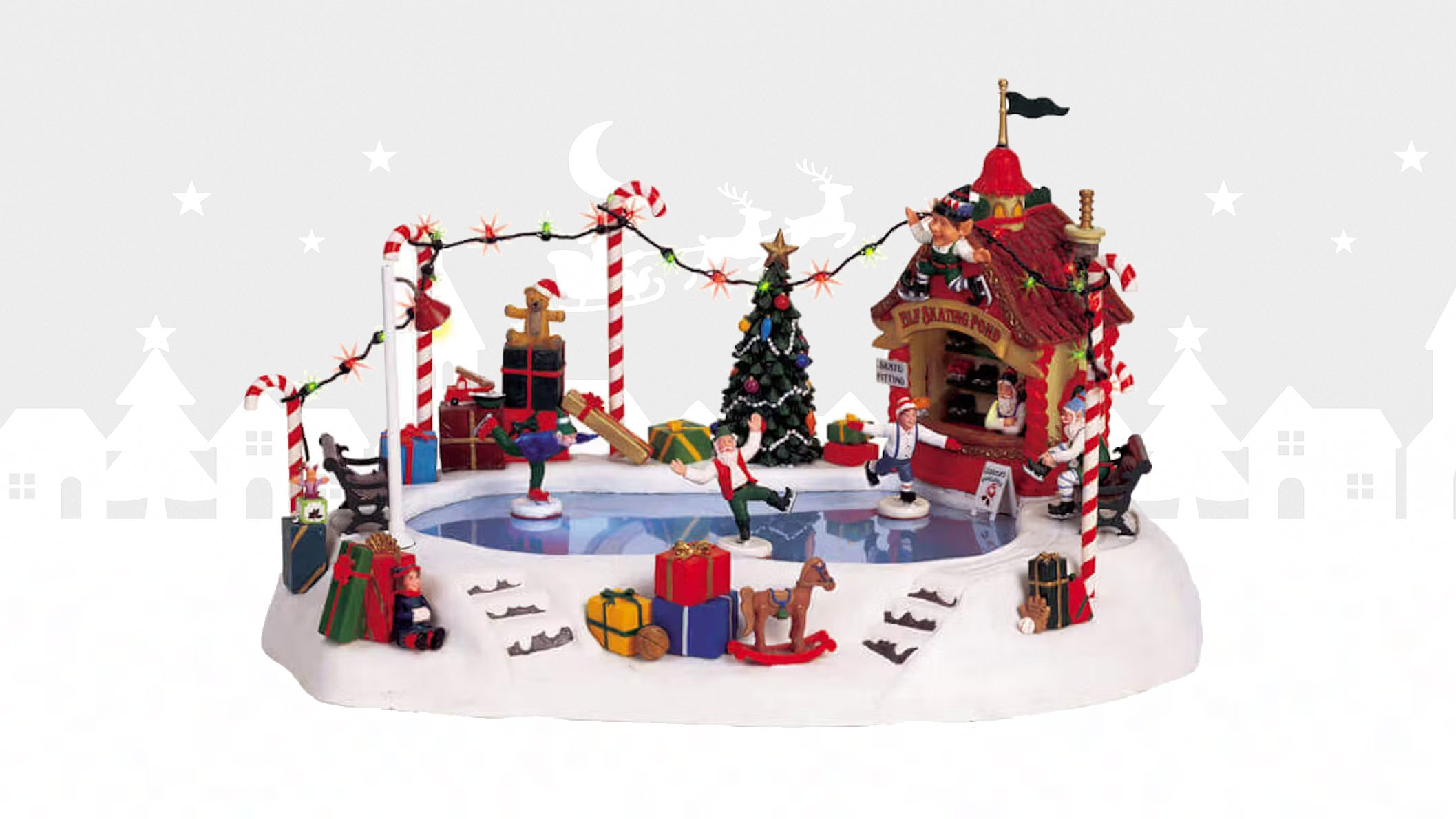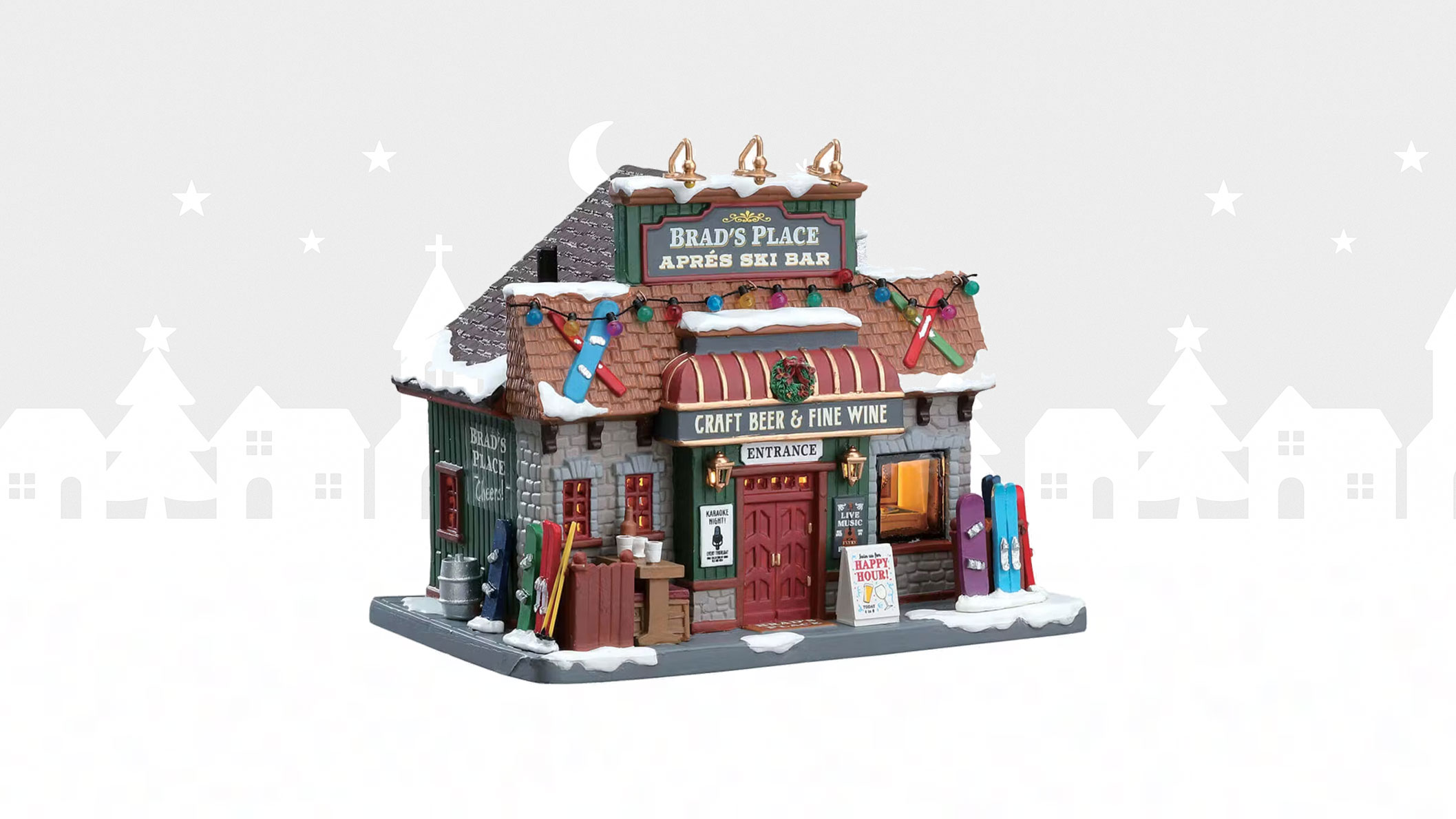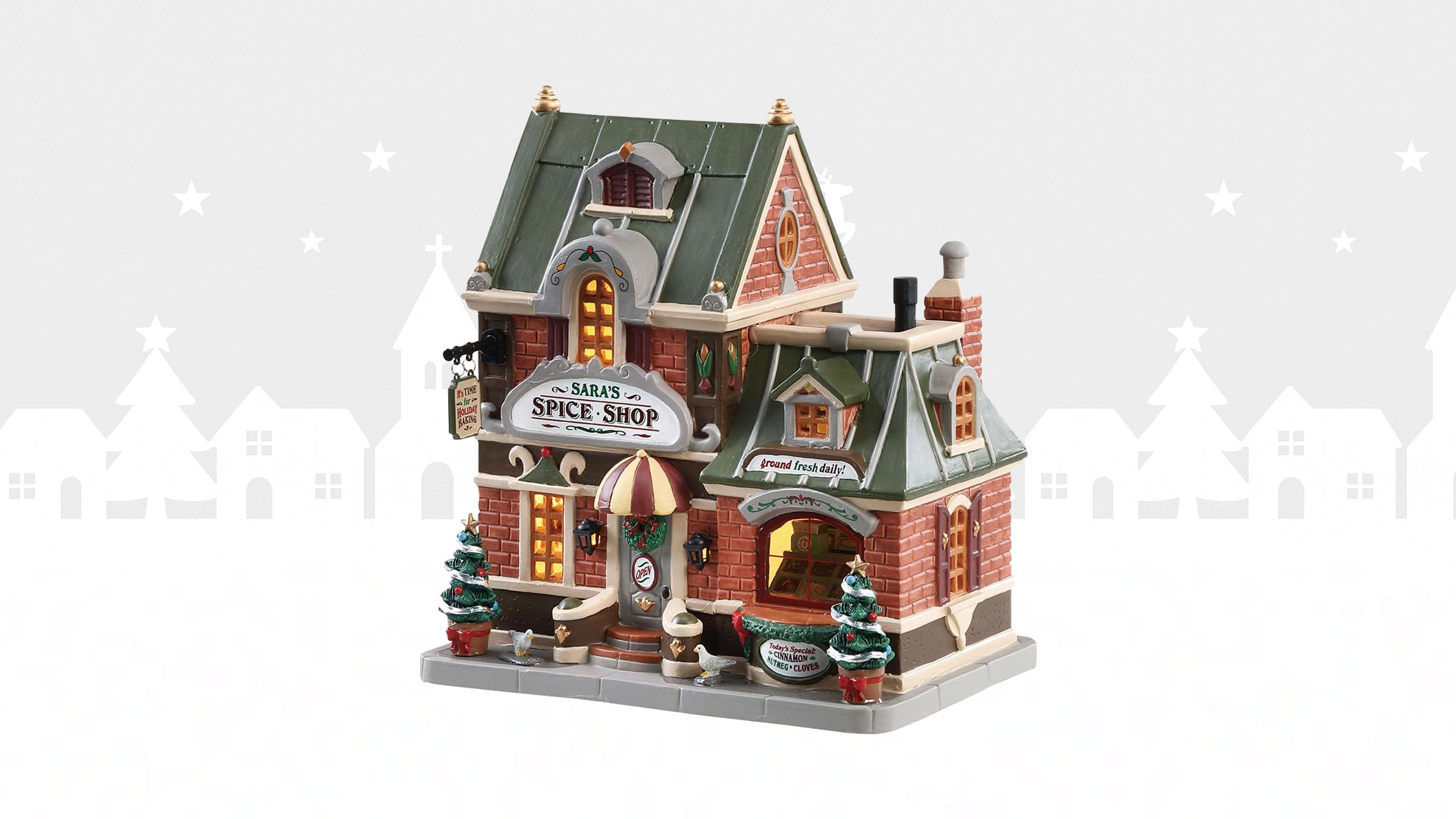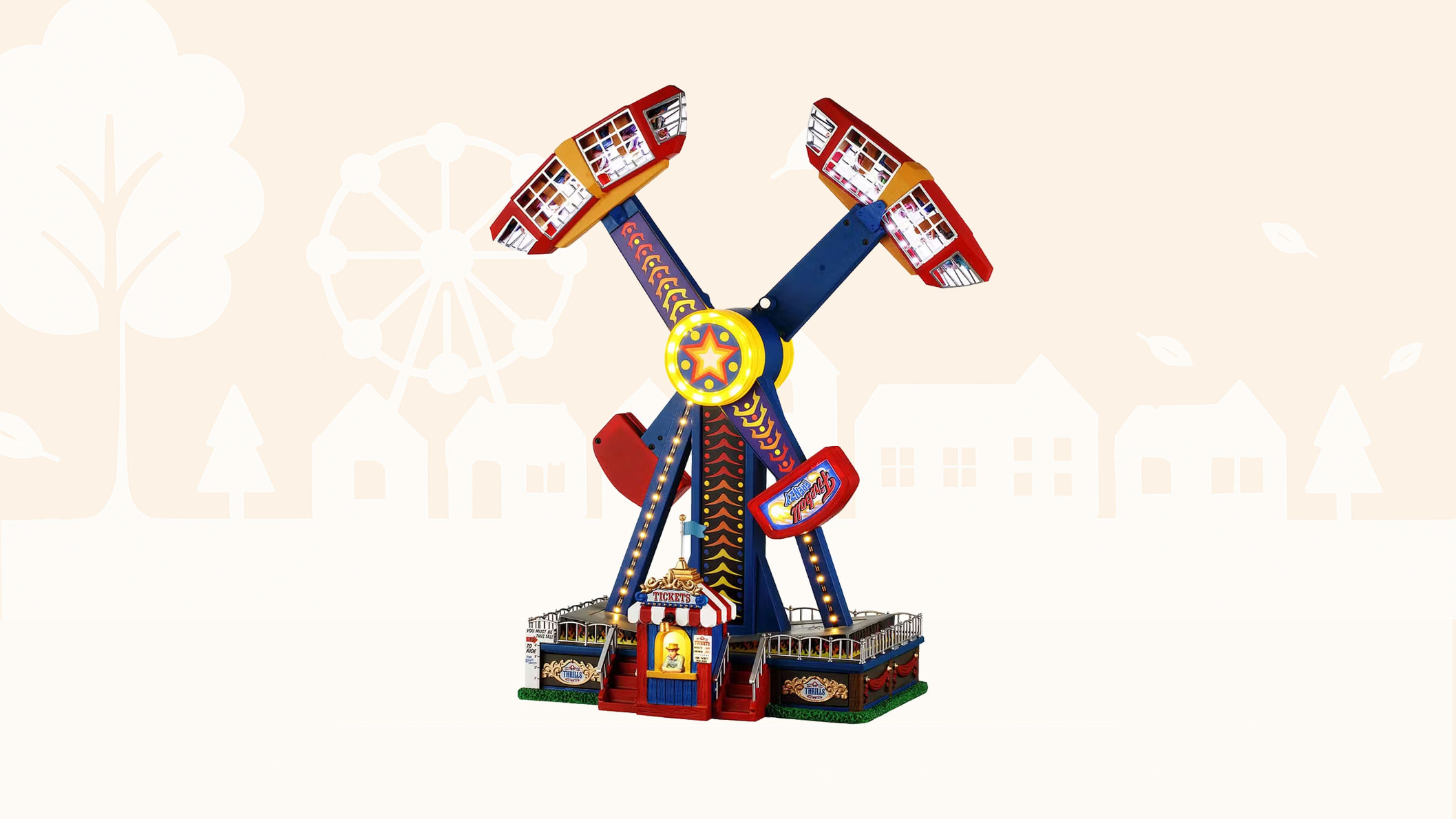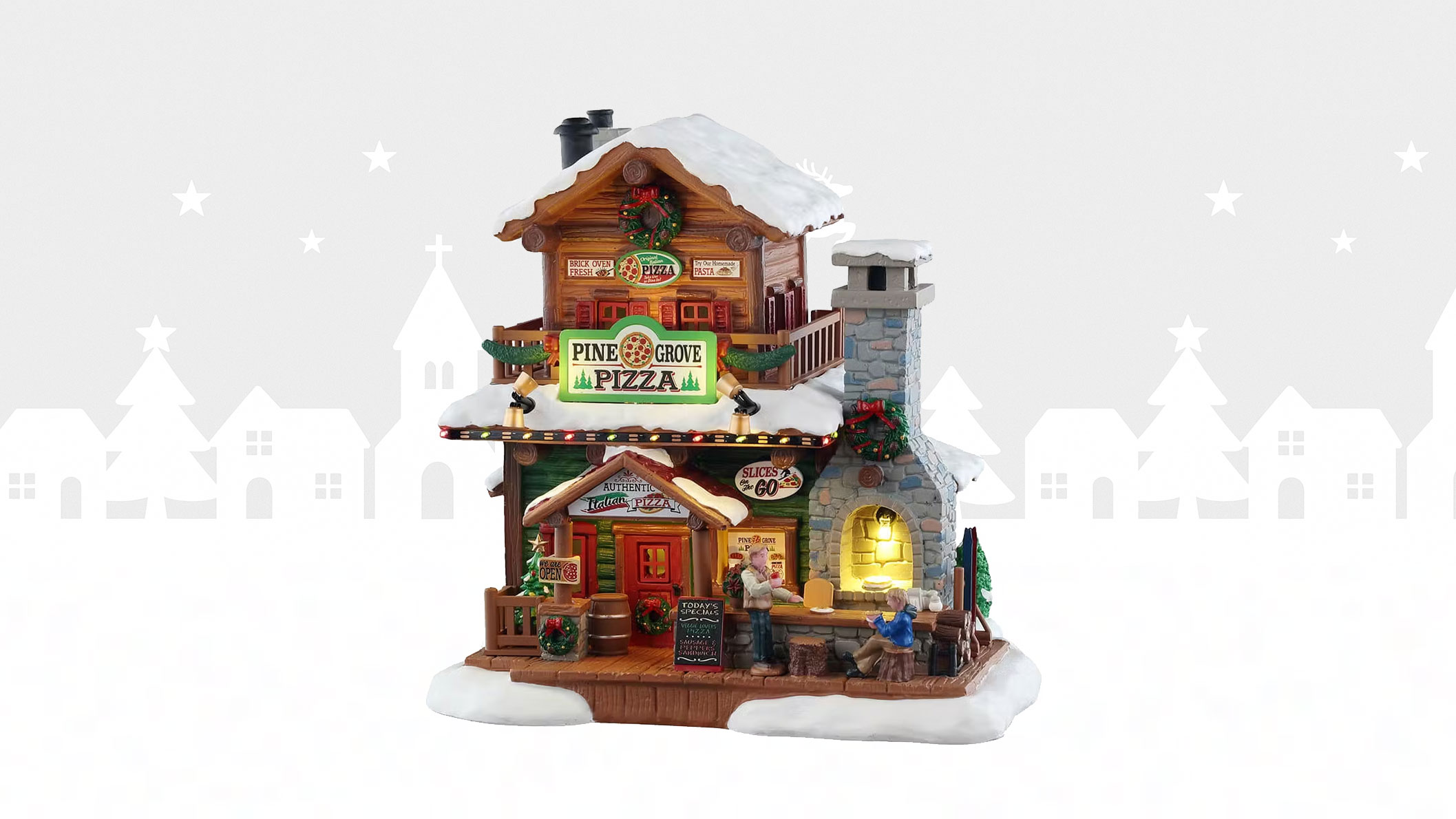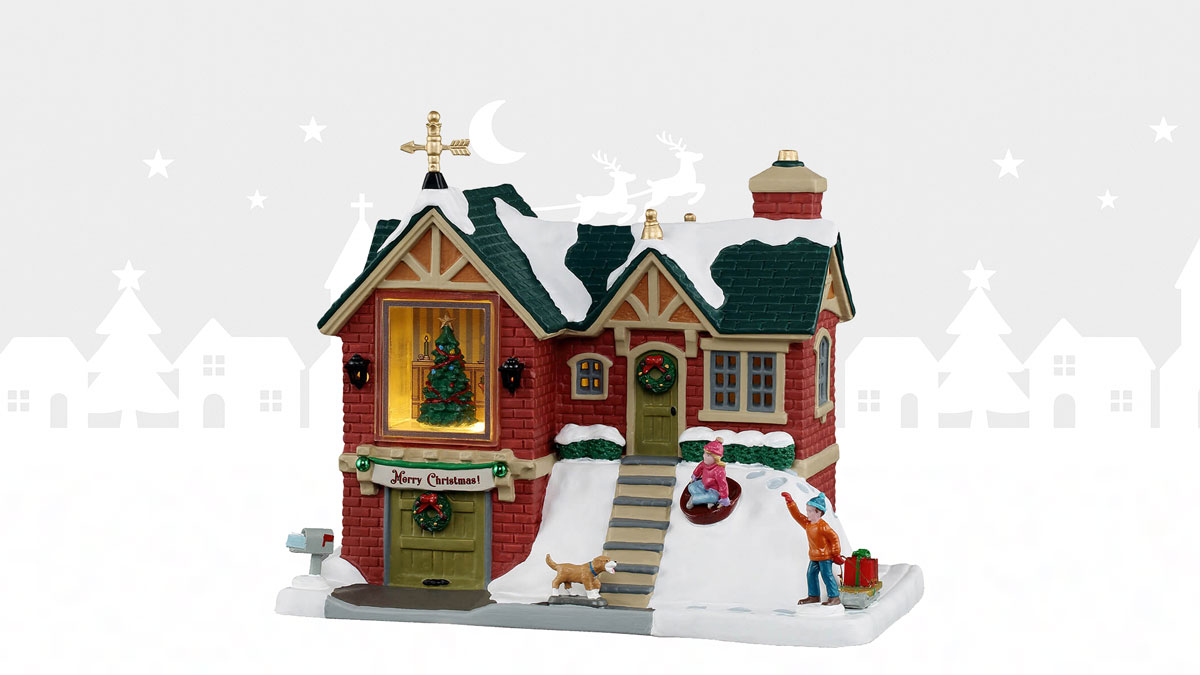Let’s be honest—there’s something undeniably magical about flipping a tiny switch and watching the soft glow fill a miniature cottage window. Why lighted village buildings still capture our imagination isn’t just a question collectors ask. It’s a feeling we experience every time we unbox one, especially the vintage pieces that still smell like your grandma’s attic or a 90s Hallmark aisle.
As a longtime collector and part-time seller, I’ve watched the market evolve, but one thing hasn’t changed: these buildings aren’t just decorations. They’re stories, traditions, and investments rolled into porcelain.
A Glowing Legacy: The Origins and Emotional Pull of Lighted Villages
These whimsical villages date back over a century, drawing influence from German putz houses and Moravian traditions. But the modern lighted village craze really took off in the late 20th century thanks to companies like Dept. 56 and Lemax. Their early collections—think Dickens’ Village or Snow Village—weren’t just products. They were scenes of idealized holiday life. And they lit up. Literally.
Why do they still matter? Nostalgia. Each building reminds us of someone, somewhere, or something: your mom’s yearly setup on the piano, your first Christmas in your own place, or that little toy shop you always wished was real. It’s that warm, fuzzy feeling people are always chasing around the holidays, and lighted villages deliver it in miniature form.
The Collector’s Passion: Why We Hunt for Every Piece
Every seasoned collector knows the thrill of discovery. Whether you’re piecing together a complete 1987 Snow Village set or tracking down a rare, retired piece like the “Jack’s Pet Shop” (try finding that under $150!), the chase is half the fun.
Here’s what makes collecting so addictive:
- Completeness: Owning an entire year’s collection or a full neighborhood block is deeply satisfying.
- Scarcity: Some buildings were produced in limited runs. Once they’re gone, they become unicorns.
- Value: Resale prices for rare or mint-in-box (MIB) pieces can reach $300+ for a single building, especially in the Dept. 56 or early Lemax lines.
More than that? It’s a deeply personal hobby. My own obsession started with a single piece: the 1992 Dept. 56 “Village Mill.” I bought it for $5 at a yard sale. It was chipped, dusty, and perfect.
Magical Displays That Tell a Story
One of the greatest joys as a collector is building scenes that live and breathe. Anyone can place buildings on a table. But a true collector tells a story: the lamplighter trudging through snow, the bakery glowing warmly in the corner, carolers paused near a tiny church.
Some display tips that never fail:
- Use elevation: Foam risers or boxes under snow blankets help create a dynamic village layout.
- Theme it out: Winter ski town, coastal Christmas, spooky Halloween village—get creative!
- Light layering: Combine building lights with twinkle strands or LEDs for depth.
You don’t need a massive budget to make a display shine—you just need a good story to tell.
Where to Find Treasures: Second-Hand and Specialty Markets
Building your village doesn’t have to break the bank—unless you want it to. The second-hand market is booming, with collectors selling individual buildings, accessories, and full lots online and in-person.
Here are the best places to shop:
- eBay: Deepest inventory, but prices vary wildly. Expect to pay $25–$200 per piece depending on rarity and condition.
- Facebook Marketplace: Great for local pickups, especially around the holidays.
- Etsy: Good for handmade accessories and custom signage.
- Craigslist: Hit or miss, but you can still find entire collections for under $100 if you’re fast.
Always check:
- Box condition
- Presence of cords/lights
- Chips, cracks, or repairs
- Edition year or retired status
A little due diligence goes a long way—and may save you from paying $100 for a broken lamppost.
From Passion to Business: Selling Your Collection
At some point, many collectors pivot into sellers. Whether you’re thinning your collection or turning a profit, selling lighted village buildings can be surprisingly lucrative—especially around Q4.
Some tips:
- Photos sell: Show close-ups, night-time glow, and box condition.
- Be honest: Mention flaws. Buyers will still purchase a chipped piece at the right price.
- Start a shop: eBay stores, Instagram accounts, and even Etsy listings give you a digital storefront.
Collectors tend to buy from other collectors, especially if you show passion and knowledge. Don’t underestimate the power of storytelling in your listings. That “candy shop” isn’t just a ceramic box—it’s where someone’s holiday memories live.
FAQs
What makes lighted Christmas village buildings collectible?
The combination of nostalgia, seasonal emotion, craftsmanship, and limited edition runs makes them highly collectible—especially early releases and discontinued models.
How do I start collecting lighted village buildings?
Begin with a theme you love (like a snowy main street), buy a few starter pieces from local shops or second-hand marketplaces, and build your village over time.
Are Dept. 56 buildings worth anything?
Yes. Older Dept. 56 pieces, especially in mint condition or with original packaging, can range from $50 to $500+, depending on rarity and demand.
Where can I sell vintage holiday village houses?
Popular platforms include eBay, Etsy, Facebook Marketplace, and Craigslist. Timing is everything—try listing from October to December for the best prices.
How should I safely store and display my miniature village collection?
Store in original packaging if possible. Use plastic bins with padding if not. When displaying, avoid heat sources, use soft lighting, and rotate pieces annually to preserve condition.
